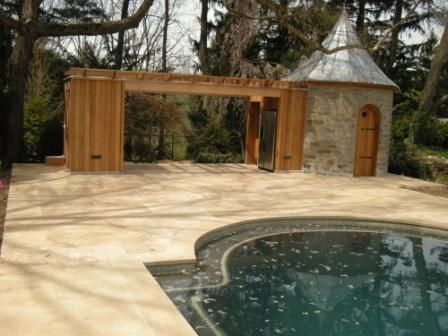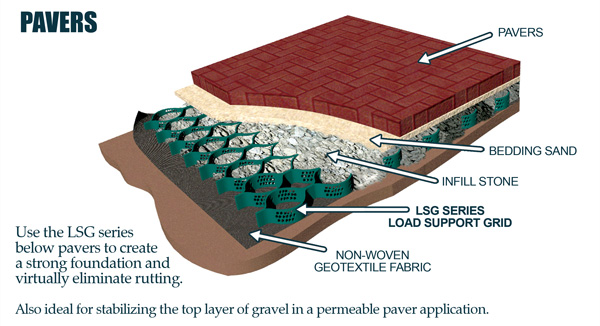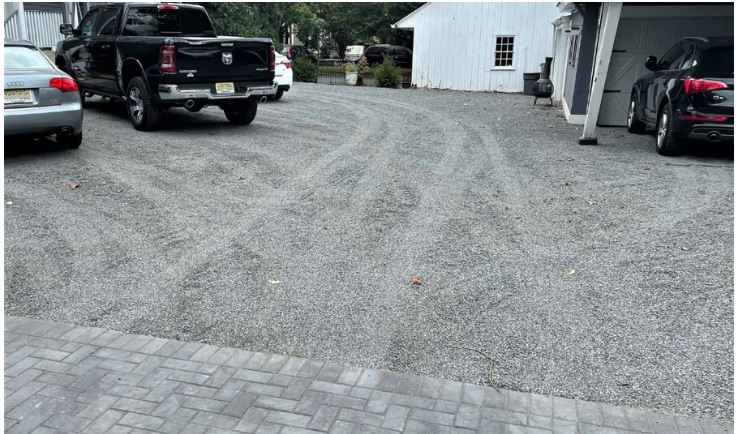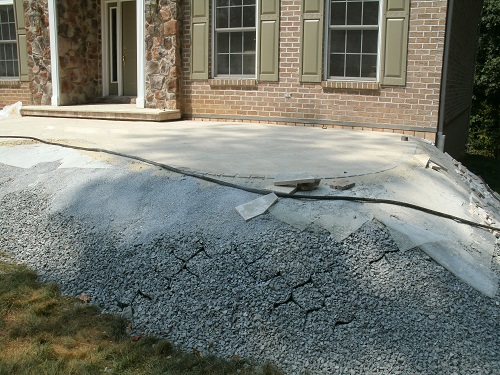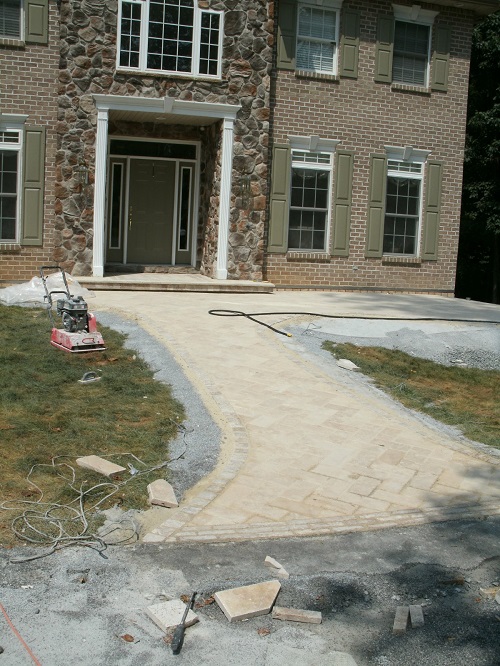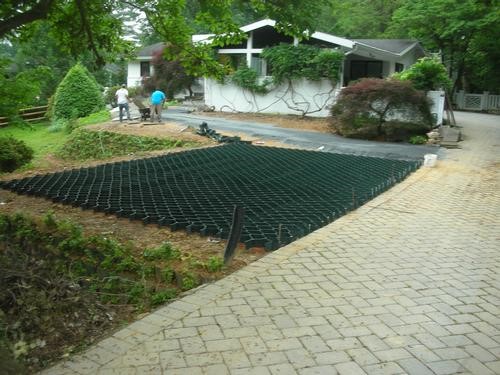Cleaning & Sealing Natural Stone – Limestone, Travertine, Marble
Cleaning and sealing a natural stone (limestone, travertine, or marble) pool deck or patio is less maintenance than its wood counterpart. Stone sealer and cleaner products are very high-tech and require minimal maintenance to keep your natural stone looking like new over the years.
Cleaning natural stone on a regular basis:
- Use any non-caustic degreasing agent (mild dish or hand soap) mixed in warm water. Agitate/scrub with a broom.
- Use Stain Proof Alkaline Cleaner, formerly Oxy-Klenza™, https://www.drytreat.com/cleaners/regular/hanafinn-oxy-klenza.html
- Power washing with residential strength power washers (i.e. 3000 PSI or less) is recommended.
Minor restoration cleaning (mild surface etch):
This treatment will renew the original look of the stone surface and make the color ‘pop’ and is only recommended occasionally (maybe once every several years). Not in lieu of regular cleaning.
- Dilute muriatic acid 10 parts water to 1 part store-bought muriatic acid.
- Hose down the entire stone surface.
- Pour diluted mix and move it around with a broom or rag mop – consider doing it in 10-15 square foot overlapping sections. Don’t let it sit in one place without moving and agitating it. The acid will neutralize after 10-15 seconds. Be sure to follow all safety procedures (eye protection, rubber gloves, etc.) as with any caustic material. However, this weak solution of diluted muriatic acid will not attack the skin under normal circumstances. Additionally, after 10-15 seconds of contact with the stone, the acid will be neutralized (100%, more or less) and not harmful to plants, shrubbery, pets, etc.
- Finish by rinsing the surface with clean water.
Sealing natural stone when dry-set installation:
For a dry-set installation, it is not necessary to seal the stone. However, sealing the stone with a high-quality penetrating sealer does provide some attractive benefits.
- If you choose to seal the stone (to prevent staining that can naturally occur with any masonry product) we recommend ICP brand products, ‘Stain Proof’ sealer, and cleaner products. Please be sure to follow all recommendations stipulated on this page for optimal results: https://www.drytreat.com/sealers/residential/stain-proof.html.
- Another benefit is the additional ‘locking in’ effect that the sealer has on prolonging the natural coloration of the stone. Over many years, the stone can fade slightly due to acid rain and other environmental factors.
- NOTE: Do not use concrete paver sealers – they are formulated as topical sealers. They can be very slippery and appear as an undesirable shiny coating on the surface. Furthermore, the topical coating traps moisture. It doesn’t allow the stone to “breathe” (which is important for all natural stone products).
- NOTE 2: If you choose to purchase sealers from a “big box” retailer, be aware that (even within the same brand name) you will get a lesser quality product. The “big box” retailers force the manufacturers to make less expensive (lower quality) versions for them under the same brand labels.
Sealing natural stone when wet-set installation:
- It is best to seal the stone BEFORE grouting as the sealer also acts as a “grout release” and will make the grouting process faster and easier.
- Please be sure to follow all recommendations stipulated by the sealer manufacturer. If using Stain Proof, please follow the recommendations on this page for optimal results: https://www.drytreat.com/sealers/residential/stain-proof.html.
- NOTE: you mustn’t use concrete paver sealers! They are formulated as topical sealers. It can be very slippery and appear as an undesirable shiny coating on the surface. Furthermore, the topical coating traps moisture. It doesn’t allow the stone to “breathe” (which is important for all natural stone products).
- NOTE 2: If you choose to purchase sealers from a “big box” retailer, please be aware that (even within the same brand name) you will get a lesser quality product, as the “big box” retailers force the manufacturers to make less expensive (lower quality) versions for them under the same brand labels.
Video: STONE SEALER PRODUCTS BENEFIT FOR MANY YEARS
We do not receive financial compensation, nor do we bear any responsibility for the use or misuse of these recommended brand products.
Direct inquiries to: stonehunter@gothicstone.com

